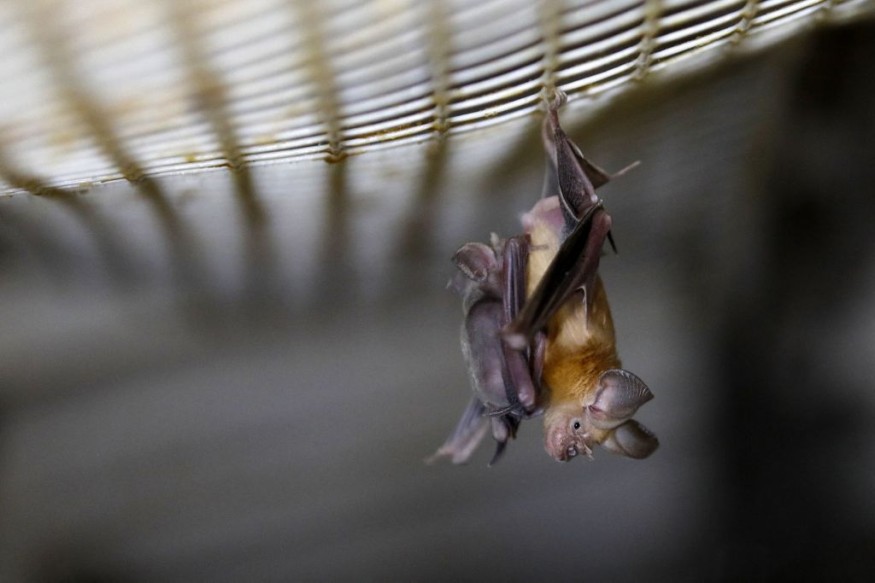The increasing use of light or artificial light at night (ALAN), can threaten the population of light-sensitive bats living in nocturnal wildlife. Light pollution can displace bats from their habitats, making it more challenging for their survival.
Homeowners and communities use light for everyday life. Land-use urban planners set up more artificial light at night to illuminate the night. In addition, the growing population also demands more energy and light usage.
In the new report, researchers raised concerns about the effects of Light pollution, or artificial light at night (ALAN) on bat species and nocturnal animals. Understanding the effects can help provide new insights into regulators and land-use urban planners to protect nocturnal animals and their habitats.
Light Pollution Threatened Bats' Nocturnal Wildlife

Bats may appear small, but they play a significant role in ecosystems, farms and crop protection. In the US, researchers emphasized the role of bats in pollination and biocontrol. About $3 billion are being saved by bats from pests.
As a result, conservation efforts are essential to protect them from population decline. Recent reports warned of bats' declining population due to human activity, habitat loss and diseases, especially the white-nose syndrome.
Surveys, researchers and monitoring are crucial to save bats species. In the new study, researchers raised concerns about the threats of light. Researchers conducted a study to find out the light disturbance in the population:
- Little brown bats (Myotis lucifugus)
- Big brown bats (Eptesicus fuscus)
The study findings were published in the Journal of Global Ecology and Conservation. The study emphasized little research about the spatial extent of ALAN's influence on bats.
In the research process, the researchers employed residential-scale, white, LED floodlights to observe the exposure and effects on bats and their nocturnal habitats.
The researchers who conducted the study are from the following:
- Bat Conservation International from Houston, Texas
- Nature Preserve & Ecological Research Center from New Fairfield, Connecticut
In the experiment, the study explained that exposure to lights could change the community composition. Light exposure can cause displacement effects on the bat species. With the research, they hope it could provide ideas to community planners to avoid light encroachment that could harm nocturnal animals.
Bat Facts: What Should People Know?
According to reports, there are about 1100 species of bats globally. They may look small in appearance, but they can live up to 30 years old.
They can locate their potential prey in total darkness with echolocation. One of the challenging situations for them is during winter time or freezing conditions.
Did you know? The droppings from Bats are considered rich in nutrients for fertilizers. They can also fly very fast, or up to 60 miles per hour.
For more similar stories, don't forget to follow Nature World News.
© 2025 NatureWorldNews.com All rights reserved. Do not reproduce without permission.

